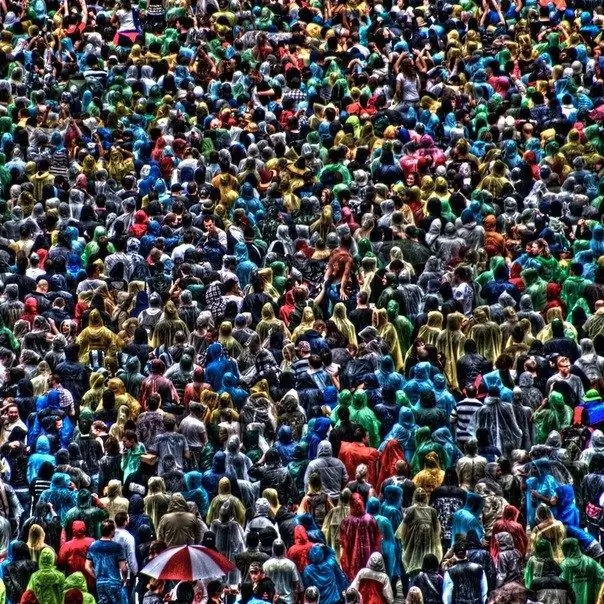- Author Antonio Harrison [email protected].
- Public 2023-12-16 07:44.
- Last modified 2025-01-22 21:44.
Any society always has a certain social structure. People interact, uniting in different communities and social groups. Historically, the first social community was the family, clan and tribe. Over time, such communities began to form on other grounds as well - similarities of interests, goals, functions and cultural needs.

Each person participates in a wide variety of forms of social life. He can simultaneously be a member of a family, sports section, enterprise or religious organization. Watching a TV program, he becomes part of its audience, and reading a certain magazine - part of the readership of that magazine. A person lives in any locality, which means that he belongs to this territorial community. He is a citizen of a certain state and a representative of a certain nation. This is far from a complete enumeration of the forms of social life in which each of us has to participate.
Social communities are a necessary way of human existence. It is in them that all the conditions and means are created that contribute to the development of the personality and satisfy its needs and interests. Their activities affect the stability of society, its functioning. Sociology studies the laws governing the formation and existence of such associations.
Social community has the following features:
- the proximity of the living conditions of people;
- commonality of needs;
- their awareness of the similarity of interests;
- the presence of interaction and joint activities;
- the formation of their own culture;
- social identification of community members;
- creation of a system of management or self-government of the community
In a number of social communities, an important place is given to territorial ones, such as a city, village, region, etc. They are among the main components of the social structure. This is a collection of people who live in the same territory. They are distinguished by sustainable economic, social, spiritual and environmental ties and relationships.
There are communities identified artificially, and there are real social groups fixed in the social social structure. For example, status groups (elite, unemployed), functional (teachers, miners, doctors, military), national-ethnic (tribe, nation, nationality) and others. There are also non-fixed communities - crowds, emerging collective movements, marginals.






